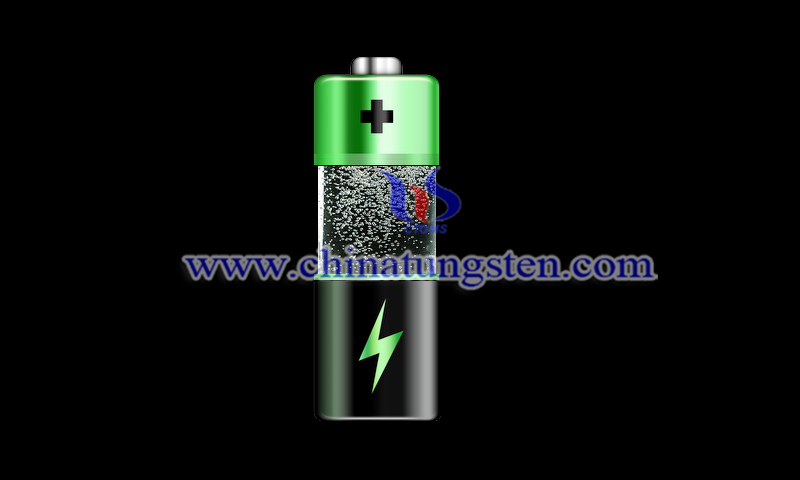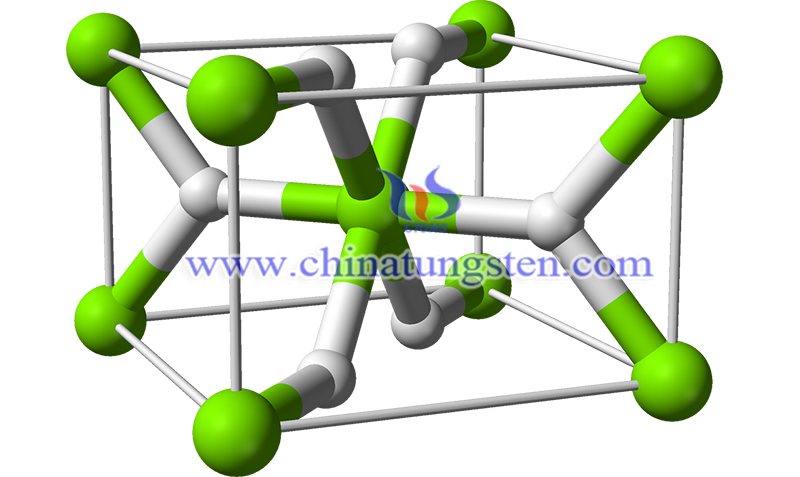Molybdenum Composite Improves Hydrogen Storage of MgH2
- Details
- Category: Tungsten's News
- Published on Wednesday, 03 March 2021 21:14
- Written by Caodan
- Hits: 868
Researchers developed molybdenum composite materials to improve the hydrogen storage performance of magnesium hydride (MgH2). It is reported that the team of Professor Zou Jianxin from the Hydrogen Science Center of Shanghai Jiaotong University used a molybdenum composite material to improve the hydrogen storage performance of magnesium hydride, that is, the bimetallic oxides NiMoO4 and CoMoO4 to significantly reduce the hydrogen release temperature of magnesium hydride and speed it up.

With the increasingly serious energy crisis and climate change, mankind urgently needs to find clean, efficient, and cheap secondary energy sources to replace current fossil fuels. Hydrogen is considered to be one of the most ideal energy carriers. It has the advantages of high energy density (142MJ/kg), abundant nature, and environmental friendliness. In the entire "hydrogen economy" cycle, the lack of high-capacity and safe hydrogen storage technology is currently a bottleneck restricting the large-scale application and development of hydrogen energy.
Magnesium hydride is a promising solid-state hydrogen source with high storage capacity (7.6 wt%). Although it is recently established that MgH2 has potential applications in medicine because it sustainably supplies hydrogen gas (H2), the biological functions of MgH2 in plants have not been observed yet. Also, the slow reaction kinetics restricts its practical applications.
Among them, Ni, Co-based and highly electronegative and high-valence catalysts (such as V2O3, TiO2, Nb2O5, MoO3, etc.) all have different degrees of promotion effect on the hydrogen storage and release behavior of magnesium hydride, but between the two transition metals/oxides. There are few studies on the synergy of magnesium hydride to improve the storage performance of MgH2.

Recently, researchers from Shanghai Jiaotong University revealed the mechanism of the influence of bimetallic oxide NiMoO4 and CoMoO4 nanorods on the hydrogen absorption and desorption performance of magnesium hydride. Ni/Co(NO3)2⋅6H2O was used as the precursor metal salt of Ni/Co, and Na2MoO4⋅2H2O was used as the precursor salt of Mo. The NiMoO4 and CoMoO4 nanorods were obtained by hydrothermal synthesis and subsequent high-temperature annealing and doped at a ratio of 10 wt.%.
Molybdenum composite are been used to improve hydrogen storage of magnesium hydride. In the report, magnesium hydride (98% purity; 0.5–25 μm size) was first used as a hydrogen generation source for postharvest preservation of flowers. Compared with the direct hydrolysis of MgH2 in water, the efficiency of hydrogen production from magnesium hydride hydrolysis could be greatly improved when the citrate buffer solution is introduced. These results were further confirmed in the flower vase experiment by showing higher efficiency in increasing the production and the residence time of H2 in solution, compared with hydrogen-rich water.
| Molybdenum Supplier: Chinatungsten Online www.molybdenum.com.cn | Tel.: 86 592 5129696; Fax: 86 592 5129797;Email:sales@chinatungsten.com |
| Tungsten News & Prices, 3G Version: http://3g.chinatungsten.com | Molybdenum News & Molybdenum Price: http://news.molybdenum.com.cn |





 sales@chinatungsten.com
sales@chinatungsten.com